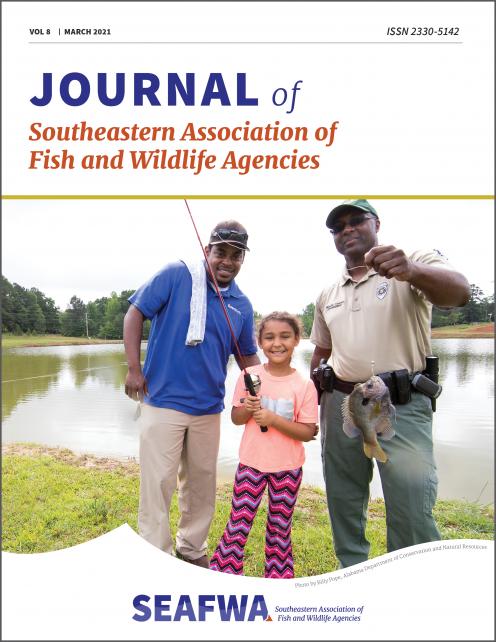Determining Body Mass of Wild Pigs from Body Measurements
Animal body mass can be used to estimate age, determine health status, or guide dosage when administering sedatives. Because it can be difficult to weigh live large animals, using morphometric measurements to estimate body mass is sometimes used in field studies. Several statistical models exist for estimating domestic pig mass from morphometric measurements, but models based on domestic animals are likely unreliable estimators of wild pig (Sus scrofa) body mass due to known hybridization between domestic and wild pigs, and variable environmental conditions. The goal of this...
